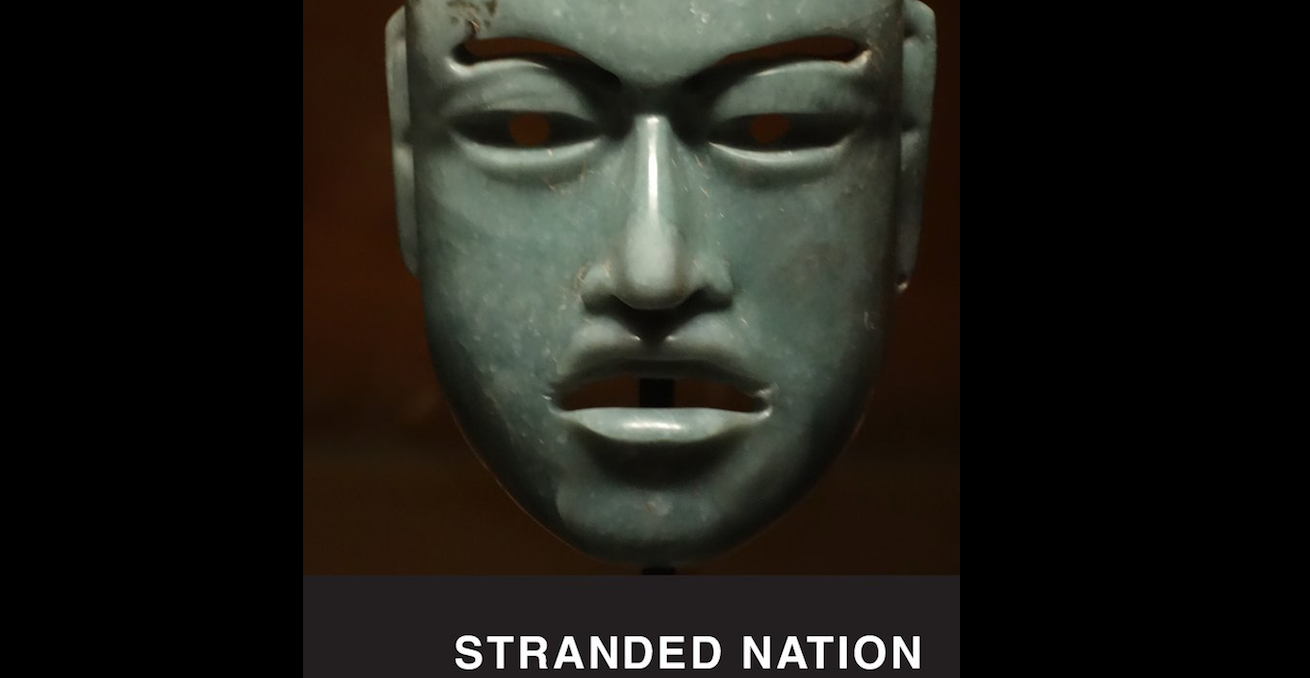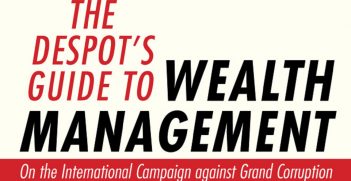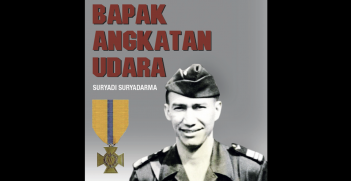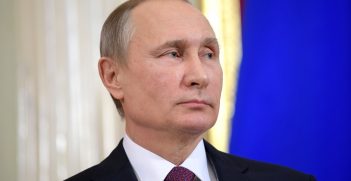Reading Room: Stranded Nation

David Walker’s latest book is masterfully written and also makes some interesting choices about what it does or doesn’t include.
David Walker’s Anxious Nation (1999) is a richly textured and deeply empirical work dealing with Australian perceptions of Asia up to the 1930s. Its successor, Stranded Nation. White Australia in an Asian Region (2019), which takes the story into the 1970s, is more of an impressionist account, though no less revealing and informative. As with all impressionistic treatments, his choices of episodes and topics may be queried, and there are some parts of the story where details or perspectives may be disputed, but his study is at all points perceptive and, at times, challenging. In brief, Australian approaches to Asia were hesitant, often confused by old stereotypes left over from the fast receding colonial era, and there was much self-deception on the essentially racial basis for the exclusionary immigration policy of the era. Nevertheless, there were some individuals who could see the course ahead, and its navigation was on occasion aided by personal relations of considerable warmth: with the latter most notably depicted in Walker’s stories of a number of exceptional Indian sojourners.
Walker’s story is at its best when he revisits, in lightly revised form, topics on which he has written path-breaking studies. These include on the 1955 Afro-Asian Bandung Conference — and Australia’s exclusion therefrom — and on the contribution of Indian High Commissioner K M Cariappa, who while serving in Canberra (1953-56) was bold enough to point out that the White Australia Policy was a serious affront to his fellow Indians.
As Walker demonstrates, White Australia was the source of many contortions from officials and politicians. It was both vehemently denied while extraordinary efforts were made to exclude the topic from any public exchanges or to divert potential critics. Such contortions are a central theme in Walker’s account of Australian attempts to exert what would now be termed “soft power” in the region, through the programming of Radio Australia, the publication — its funding by External Affairs carefully obscured — of Hemisphere, and the search for suitable Australian books to be distributed in the region.
Such topics as trade and episodes of formal diplomacy — notably the state visit of South Vietnamese President Ngo Dinh Diem in 1957 — are considered, but Walker is more inclined to discuss the ideas of writers and publicists, sometimes entailing curious emphases. More space is devoted to the analysis of the works of Paul McGuire than to Macmahon Ball. Though both were media personalities, Macmahon Ball — his likeness reproduced in the book — was more prominent as well as being vastly better informed on Asia. Moreover, from a very early stage he was convinced that Asia would loom largest in Australia’s future and that Australia’s race-based immigration policies had to change.
The discussion of Frank Clune’s books on Asia occupies a whole chapter. Again, his ideas were often given media attention, but if his orientalising writings deserve close analysis, then the contribution of Percy ‘Inky’ Stephensen would also need to be assessed.
The widely varying estimates in the Australian press concerning the communists in China were undoubtedly a product, as Walker suggests, of the fact that few commentators possessed any first-hand knowledge. Worth a photograph in the book, Michael Lindsay and his wife at the ANU in 1952-59 were the exceptions. When the Lindsays left Yan’an in 1945 — having been with the communist guerrillas since December 1941 — Mao Zedong himself hosted a farewell party. Walker’s discussion of Lindsay’s ideas — by way of ASIO’s conception of them — gives the impression that he emphasised the “psychopathic” nature of the communist regime, whereas his chief point was that there was an internal struggle in the late 1950s between ideologues and more pragmatic elements. In fact, given later events this analysis was exceptionally prescient. Moreover, it is regrettable that the historically important memoir his wife — her name wrongly recorded (p.274) — drafted in 1948 is not mentioned, nor the fact that she and her children were only able to live in Canberra because the White Australia policy had been conveniently waived.
A figure who makes several appearances, and again is accorded a photograph, is Walter Crocker, the Australian ambassador to India in 1952-55 and 1958-62. Walker captures Crocker’s irascible approach in the discussion of his reaction to Cariappa’s undiplomatic remarks on immigration policy, but, given the structural argument of the book, the reader might be misled as to his principal ideas. As an individual who had a personal acquaintance with the third world — he had been a colonial administrator not a “diplomat” (p.346) in Africa in the 1930s — Crocker had concluded by the later 1940s that the Australian policy of racial exclusion was doomed. In fact, he produced a book manuscript developing this argument which he attempted to publish, though unsuccessfully, in 1948. He had become convinced that the Third World moment in global politics had arrived, and was consistent in his advice that without conceding Indonesia’s claims to West New Guinea — the main issue raised by Foreign Minister Subandrio in his visit in 1959, the subject of a chapter — bilateral relations with Jakarta would remain frosty.
The material in this work is deftly handled, the prose always engaging and the insights many. However, its assessment must confront an issue raised by the author himself who, in the very first sentence of his introduction, states that he became “legally blind” in 2004. To this reviewer’s perception, it is thus no accident that it resembles the later works of Lloyd Rees, no less evidently the product of a master though inevitably a work of outlines, forms and colours rather than of minutely executed detail.
James Cotton is Emeritus Professor, University of NSW, Australian Defence Force Academy. He is a Fellow of the Royal Asiatic Society (London) and a Fellow of the Australian Institute of International Affairs.
This article is published under a Creative Commons Licence and may be republished with attribution.





